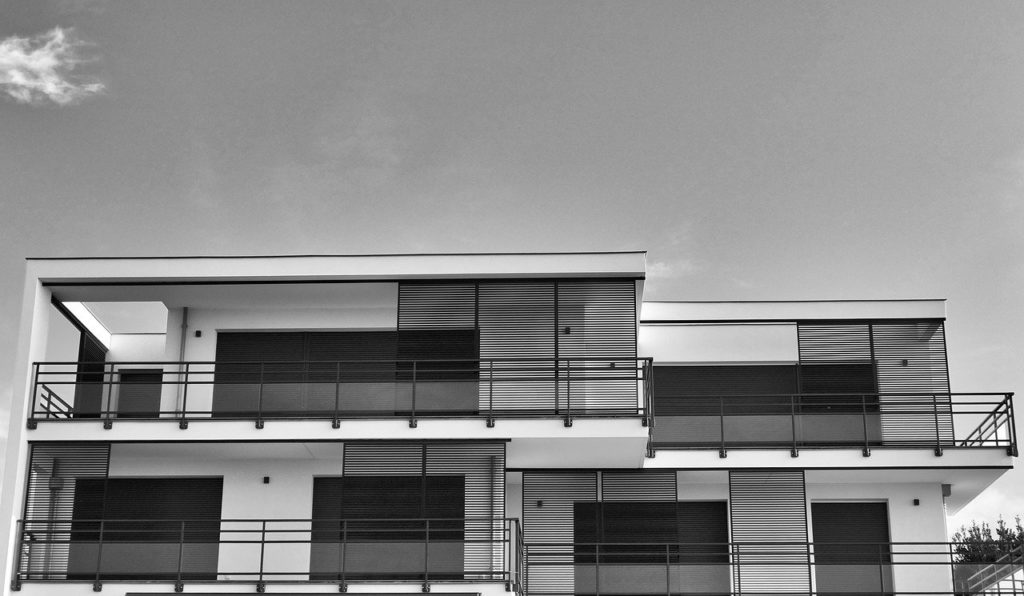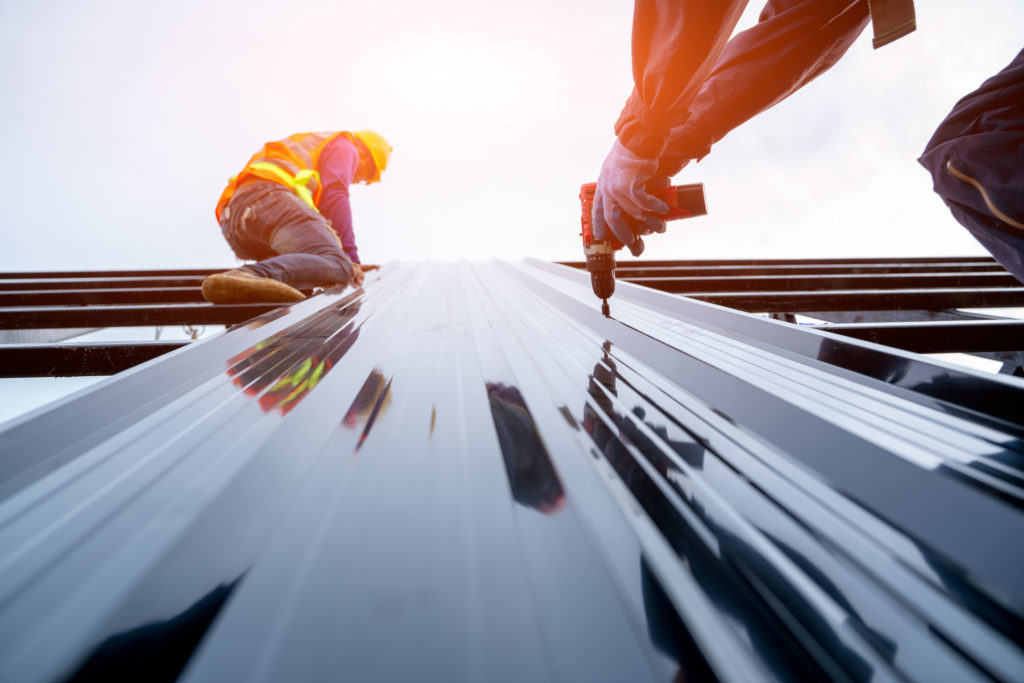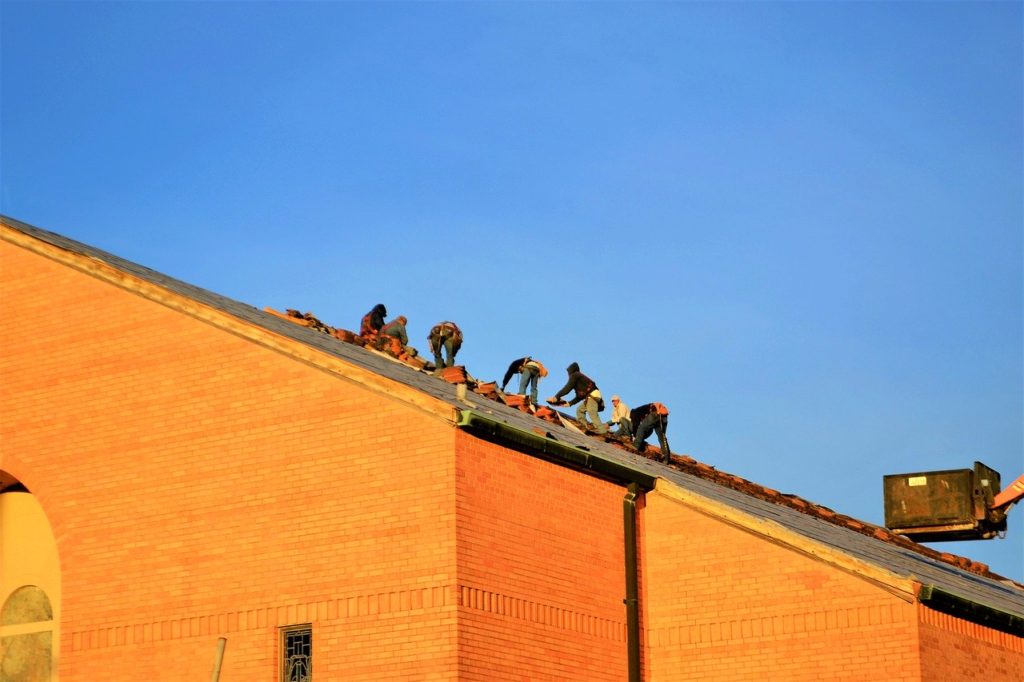Flat roofing is increasing in popularity as an efficient building feature that pays off in terms of longevity. One of the perks of flat roofs is the wide range of materials available to construct them. We’ll break down the best and most popular flat roof materials so you can make the best selection for your needs and budget.
Types of Flat Roofing Materials
Over its lifetime, a flat roof can cost significantly less than a pitched roof, although it may require a larger up-front investment. The process and materials used to construct a flat roof vary greatly from those used for pitched roofs. On a pitched roof, the materials overlap, and water drains across them. However, a flat roof can’t have open seams as this could allow water to leak through and cause damage. A number of materials have been developed to prevent leaks along with other benefits.EPDM Roofing
Short for Ethylene Propylene Diene Monomer, EPDM has the look and feel of everyday rubber. EPDM comes in large rolls and is well-suited to large, flat roof surfaces. An EPDM roof can easily last 20 years with little maintenance. However, its dark tone can absorb heat from the sun. A reflective top coating is applied to reduce cooling costs and prolong the life of this single-ply roof. You can also upgrade to an EPDM membrane with a reflective white top layer.
PVC Membrane Roofing
This single-ply roofing material is made from polyvinyl chloride, the same high-performance plastic used in plumbing pipes. Like EPDM, PVC is most frequently used on larger commercial roofing jobs. The seams are welded together with a heat gun, so they are impermeable to moisture. Because PVC roofing is naturally white, it has excellent heat-reflective qualities without any coating or extra treatment.
TPO Roofing
TPO stands for Thermoplastic Polyolefin. The material comes in rolls of various sizes, making it suitable for a variety of flat roof projects. It can be installed with adhesives, mechanical fasteners, or heat welding. TPO usually costs less than EPDM or PVC, but it doesn’t have as long of a lifespan. TPO material is usually white, which does an excellent job of reflecting solar radiation.
Modified Bitumen Roofing
Modified bitumen works well on residential and small-scale commercial roofs. It comes in 3-feet-wide rolls, making it easy to handle and apply. The roof surface gets a reflective coating for durability and to reduce heat absorption from solar rays. While it remains popular, many homeowners have turned to other options, such as EPDM and TPO.
Built-Up Roofing
Built-Up or metal roofing holds up for years, stretching your investment over the long run. It’s durable and its reflective surfaces could save you energy by preventing your building from absorbing as much heat when the sun is out. Alternatively, other roofing materials can absorb heat and transfer it to the inside of a building, forcing the central air conditioning system to work harder and use more electricity.





